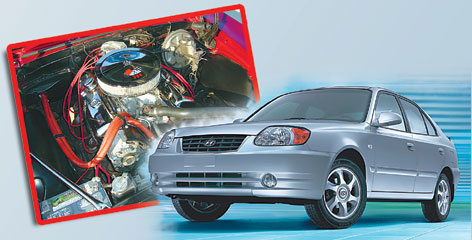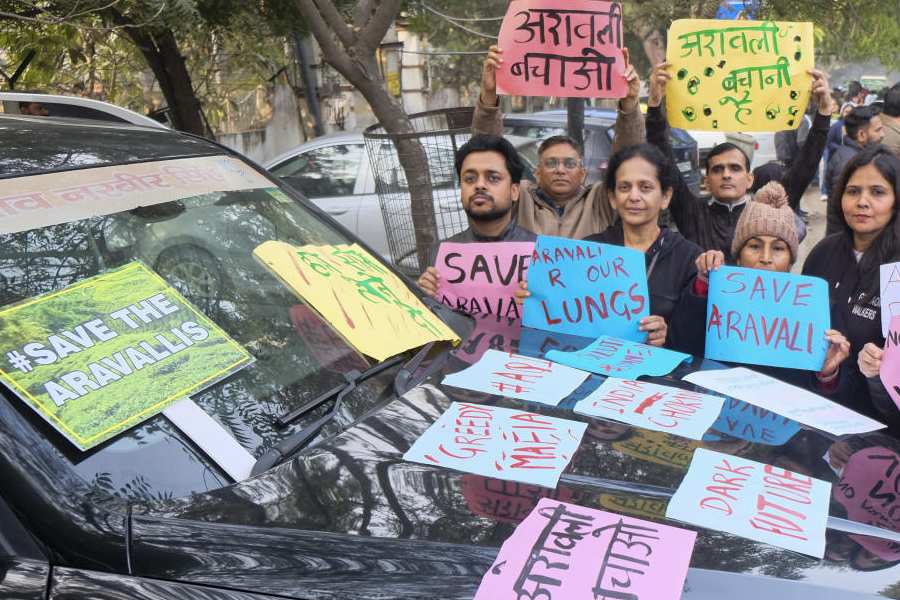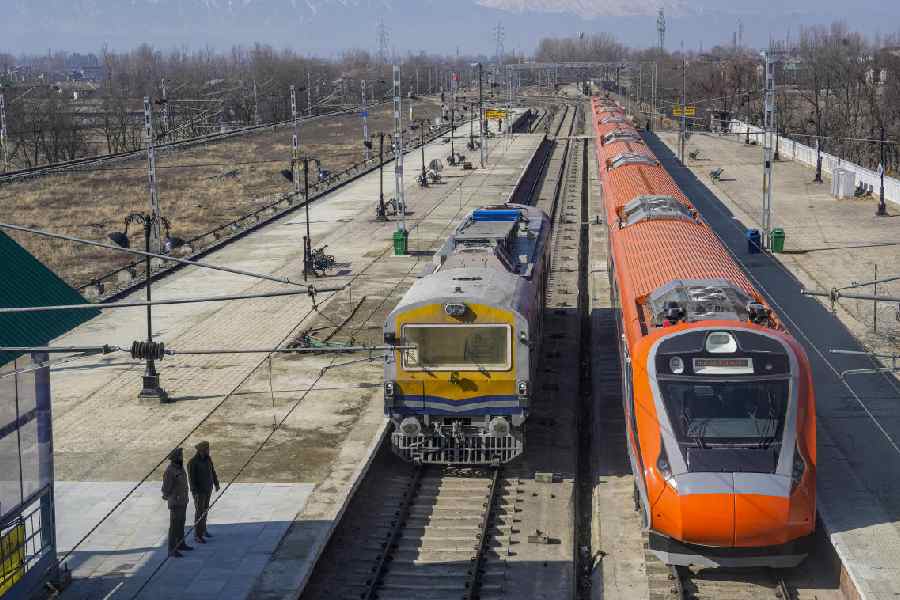 |
When was the last time you really seriously thought about your car?s cooling systems? Probably when it overheated and left you fuming on the road. But staying cool is crucial for every automobile, not to mention driver, that has ever hit the road from Karl Benz?s pathbreaking roadster in 1895 to the Toyota Prius.
An engine is a generator of heat and so must be cooled down. In my time, I?ve seen an exhaust pipe glowing red hot after the car?s engine was run at very high revs for some time ? and that?s nothing compared to the potential damage overheating can cause.
So that?s why you should know a little bit more about how engines cool down. Here?s all you ever needed to know about cooling systems and a little more besides. In the old days, engines were air-cooled. This was done by aiming a flow of cooler air around and over the engine. To increase the surface area exposed to the air, engines were cast with fins on the surface. This way of cooling engines worked quite well ? as shown by Hitler?s motorised divisions in the Sahara during World War II.
By comparison, newer liquid-cooled engines are more complex. Here, the engine is cooled by a flow of liquid (water or a special coolant) via passages cast with a cylinder head and block. A major benefit from liquid cooling is that these engines are quieter because of the sound-deadening effect of the water jackets or passages around the engine.
Liquid cooling needs a few extra components such as a radiator, a cooling fan, hose-pipes and a water pump. A radiator consists of a core which is a network of tubes with fins that are exposed to air. The coolant flows through these tubes and gives off heat absorbed from the engine. The cooled coolant then goes back to absorb more heat from the engine. Being a continuous process, a water pump is required. A water pump comprises an impeller run mechanically off the engine via a belt that forces water through the channels around the engine. While the car is in motion, air flows through the radiator core and cools the water.
But what happens when the car is not in motion and the engine is still running? Or, when one is in heavy traffic moving at slow speed? In such cases, as there?s not enough air flowing over the fins, fans come in use. In older cars, fans are run off the engine mechanically, via a drive or fan belt. Newer cars have electric fans controlled by a thermostat. These cut in and out at predetermined temperatures. Thus loss of engine power due to friction or belt slippage is avoided. Moreover, these fans can be switched on manually when stuck in traffic. So what if you don?t have a fan? The good news is that older cars can be refitted with these electric fans.
Moving on to the power transmission system, cars need a gearbox so that the engine?s high-speed revs can be translated into getting its wheels moving. The gearbox consists of gear wheels with ratios allowing the engine to accelerate and drive the car to attain optimum performance. The first gear transmits torque to the wheels and gets the car moving. This needs a ratio. Top gear is reached once a car has hit a desired speed and to maintain it. This doesn?t require much torque and so a different ratio is employed.
Gear wheels are toothed and the ratios depend on the size and the number of teeth of each wheel involved in a particular gear. Modern car gearboxes feature a ratio that kicks in once the car has reached cruising speed. Known as overdrive, this allows the engine to run slower and the main advantage here is lower fuel consumption and less engine stress.
The overall ratio of a rear-wheel-drive depends on the gear ratio employed along with the differential ratio. A differential is a small gearbox allowing the two driven wheels to rotate at different speeds during a corner turn. This is because the distance travelled by each wheel while taking a corner differs. The left wheel travels a shorter distance during a left turn while the right wheel moves a shorter distance during a right turn. The differential allows the inner wheel to turn more slowly through the corner.
While it?s all very well to have a gearbox with different ratios, it?s not of much use if every time you changed gears, you had to switch off the engine, wait for it to stop, change gears and then restart. The answer lies in throwing in the clutch, that has a friction and a pressure plate linked to the clutch pedal.
The system is based on the principle of friction to both transmit drive from the engine to the gearbox and to allow the engine to be disengaged from the gearbox to enable a gear change while on the move. Another type of gearbox that operates automatically enables one to concentrate on just driving ? a boon for driving in a city with chaotic traffic.
The downside is that driving most automatic cars is like playing a boring video game. The newest trend is to have automatic transmissions that offer a degree of manual control much like the automatic in the Hyundai Sonata V6 and the Mitsubishi Lancer 1.8L.
Depending on whether a car is front-wheel or rear-wheel drive (fwd or rwd), power is transmitted to the wheels via CV (constant velocity) joints or a propeller shaft. Both allow motion through various angles as the wheels move to suit the road imperfections. This is done through universal joints (CV in fwd and Hookes in rwd) that allow power transmission through various angles. So if you?ve managed to absorb all this ? you?re ready to hit the highway. Happy trails!
Road rage
 |
Anamika Khanna
• fashion designer
There are a few things that really aggravate me when I drive in the city. But chief among these has got to be the jaywalking problem. I can?t explain how irritating it is when you?re trying to manoeuvre your car around people walking aimlessly on the road, never mind the footpaths available.
Another driving peeve ? and I think it?s particularly experienced by women drivers ? is that bus drivers only have to see a woman at the steering wheel and they will go all out to try and block you and prevent your car from passing. I?ve experienced this so many times whenever I?m out driving. Also, taxi drivers think they have the right to stop just about anywhere in order to pick up a passenger. Yet, God help you if you happen to be blocking their way ? the choicest obscenities will pour forth.
But these irritants apart, I have to say that Calcutta?s traffic problem has improved quite a bit thanks to the vigilant traffic police and the one-way traffic system.










